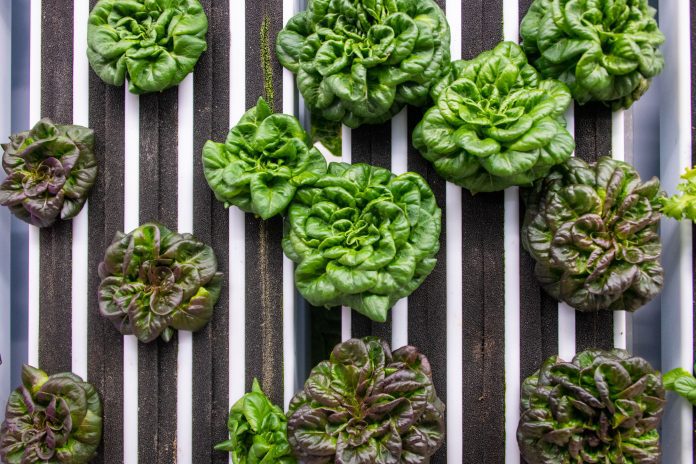Non-profits and 366 individuals in Alaska have received a total of $1.6 million in Micro-Grants for Food Security Program (MGFSP) contracts to fund 234 projects to help Alaskans grow more food locally in communities throughout the state, Sen. Lisa Murkowski, R-Alaska, said Monday, Jan. 10.
Murkowski said she developed the program because Alaska imports about 95 percent of the food residents eat and far too many Alaskans lack access to affordable, nutritious food
“By increasing opportunities to grow, store and process our own food, we are not only combatting the issue of food insecurity, but helping Alaskans find the stability and confidence they need to continue to call our state home,” she said.
The grants include more than 60 for greenhouse projects, more than 40 for gardening proposals, 30 for storage facilities and more than 25 for fencing projects.
The senator, as a senior member of the Senate Appropriations Committee, created the food security program via the 2018 Farm Bill to help boost food security in the non-contiguous states and territories.
Congress funded the program in fiscal years 2020 and 2021 and the program is slated to get a funding increase in fiscal 2022.
Alaskans, Hawaiians and citizens of U.S. territories may apply to their respective state agriculture agencies for grant funds to increase the quantity and quality of locally grown food in food insecure areas through small-scale agricultural related projects.
The program is open to proposals from individuals, Indian tribes and tribal organizations, non-profit organizations, federally funded educational facilities and local and Tribal governments that may not levy local taxes. Individuals are eligible to receive up to $5,000 per year. Other eligible entities may receive up to $10,000 annually.
Funds may be used to purchase items needed to grow and store food; expanding areas under cultivation; hydroponic and aeroponic farming; building, buying, erecting or repairing fencing for livestock, poultry and reindeer; purchasing and equipping a slaughter and processing facility; traveling to participate in agricultural education, creating or expanding avenues for sale of local food; and engaging in other related activities for increased food security.
Information for the next opportunity to apply for the MGFSP will be published on the Division of Agriculture’s Grants website at dnr.alaska.gov/ag/ag_grants.htm.















